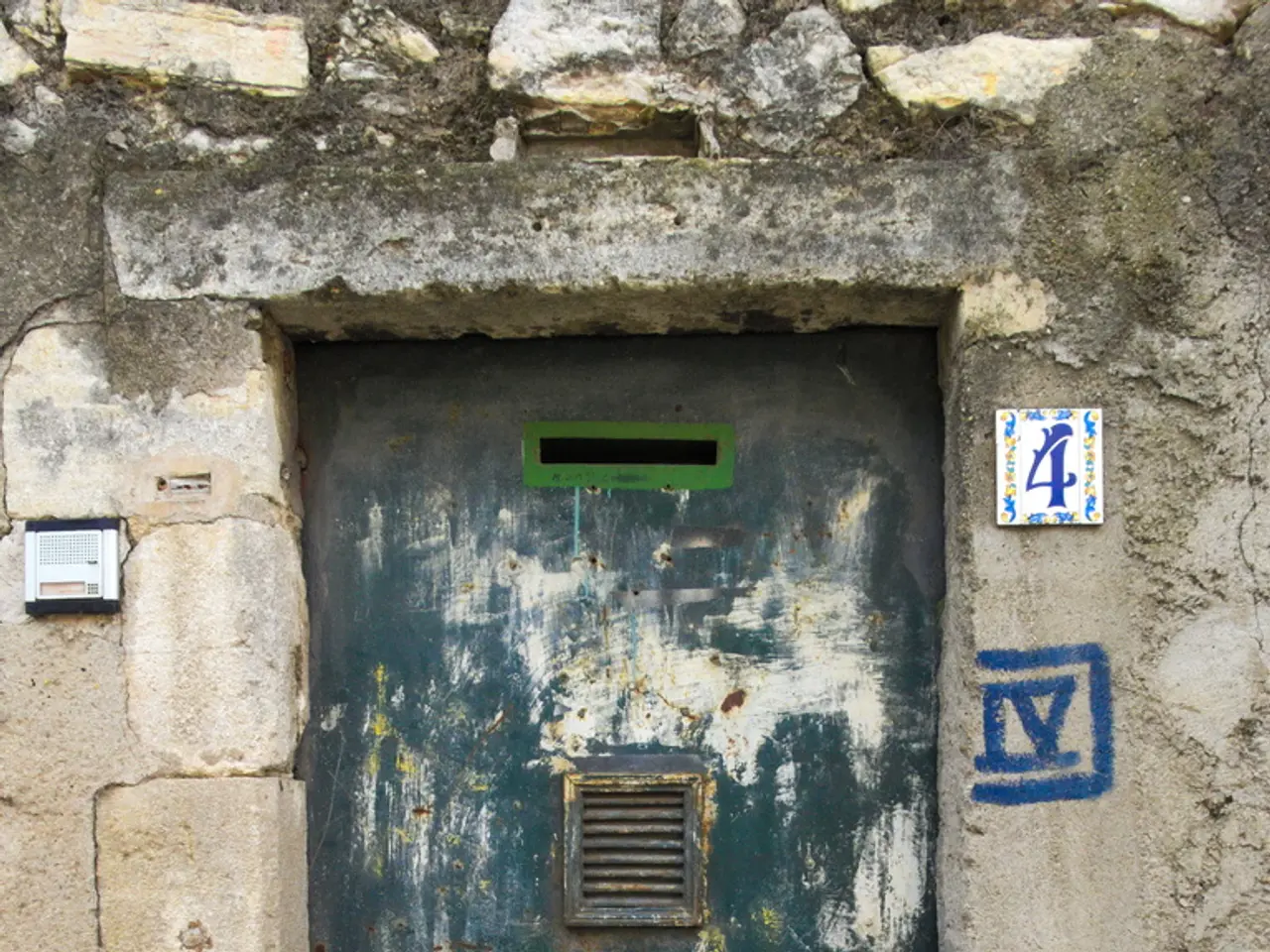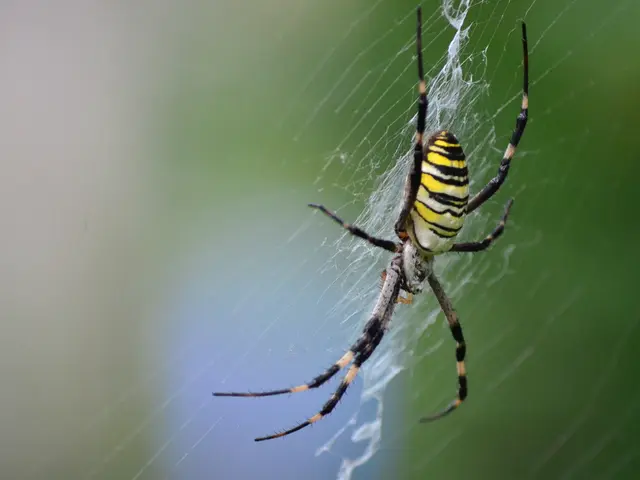Installing a Pet Door in 9 Simple Steps
If you've enjoyed the convenience of a pet door for your indoor cat, why not consider extending that convenience to your outdoor cat? Here's a guide on how to install a pet door and some ideas for DIY outdoor cat houses.
Installing a Pet Door
The process of installing a pet door involves a few steps, requiring tools such as a measuring tape, pencil, level, screwdriver, drill, jigsaw, caulk, eye safety equipment, and a template provided with the pet door.
First, measure your pet accurately to ensure a proper fit. The pet door should stand three inches above the floor and have an inch above the cat's back, with a two-inch allowance on either side and a measurement from the widest part of the cat.
Next, mark up the door with the template, drill holes, connect the drilled holes with straight lines, and cut out the pet door shape with a jigsaw. After securing the pet door, rehang the door in the frame and secure the hinges. Caulk around the outside of the pet door for a watertight, secure seal.
Remember, the installation difficulty depends on one's skill level. Seasoned carpenters may find it easy, while beginners might require assistance. A hollow door is the easiest to install, but pet doors can also be installed in solid doors, panel doors, or metal/glass doors with professional help.
DIY Outdoor Cat House Ideas
If you're looking to provide shelter for your outdoor cat without bringing them indoors, consider purchasing an outdoor cat enclosure. These structures offer a safe and comfortable space for your feline friend to rest.
Alternatively, you could opt for a DIY outdoor cat house. There are numerous ideas available online, ranging from simple designs to more complex structures. Some ideas include repurposing old wooden crates, constructing a cat-friendly teepee, or building a catio (cat patio) attached to your house.
Cat Training and Security
Cats may need time to get accustomed to a new pet door. Use training methods to speed up the process. Remember, thieves may potentially break in through a pet door, so keep keys out of sight and out of reach, and lock the pet door when necessary.
Indoor cat flaps can be installed in internal doors, allowing access to litter, food, and water even when a door is shut. If your cat is young and still growing, it might be worth waiting until they've reached their full height before choosing a pet door to avoid having to repeat the installation process.
In conclusion, installing a pet door and building an outdoor cat house can provide your feline friend with added comfort and convenience. Always ensure a proper fit, follow the manufacturer's instructions, and maintain structural integrity and weatherproofing for a safe and secure setup.
Read also:
- Discovering an intriguing pastime during my vacation in Jamaica, one that's accessible to all
- Mario Draghi's Anniversary in Brussels Reflects on a Year Past
- Introducing Combinations of GS1 Standards and Tracking Systems
- Exploring the least extraordinary British design concept vehicles of the 1960s, '70s, and '80s?




